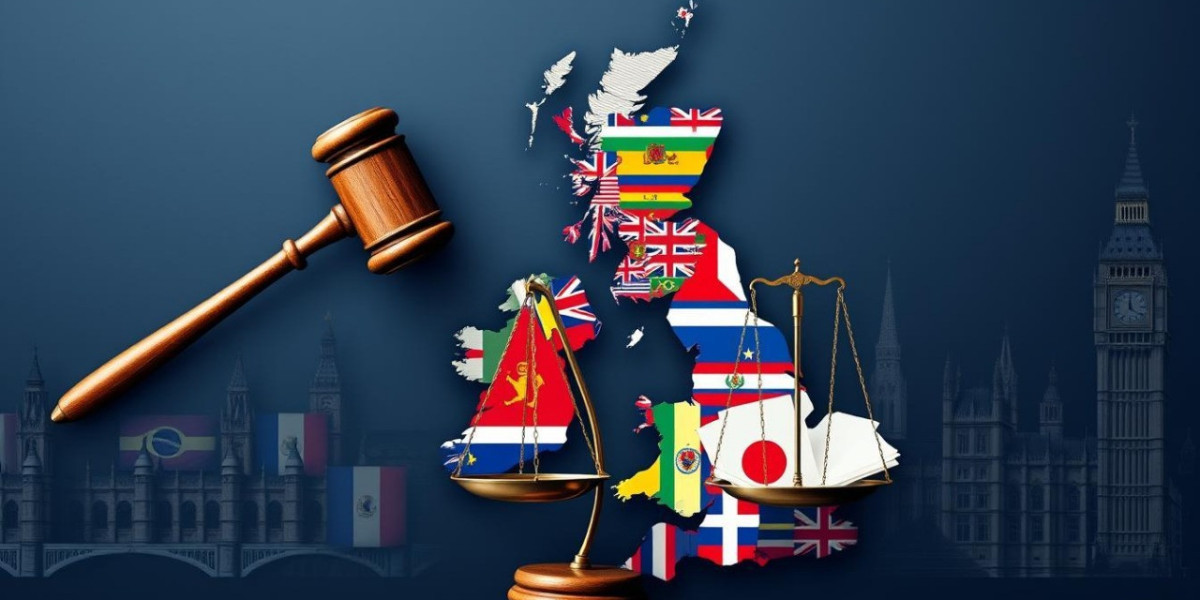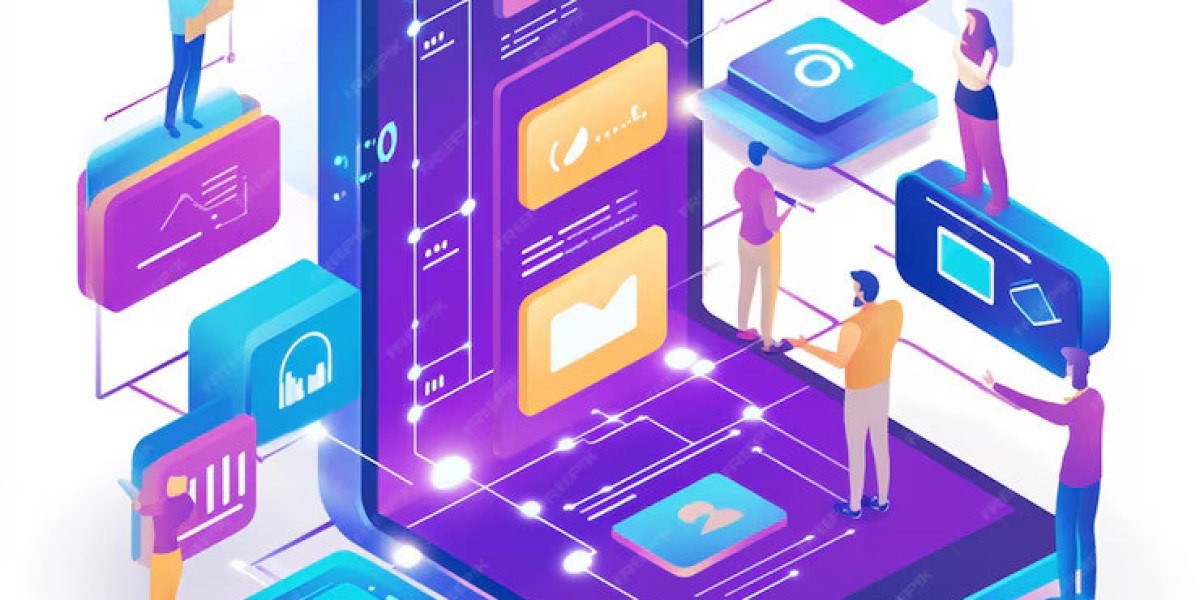Introduction to Digitizing Custom Embroidery Patterns
Digitizing custom embroidery patterns is an essential part of modern embroidery. It involves converting artwork or designs into a digital format that an embroidery machine can read and stitch. This process has revolutionized the embroidery industry by allowing businesses and individuals to create detailed and precise designs on various types of fabrics. Whether it's for fashion, uniforms, or promotional items, digitizing custom embroidery patterns ensures that the final product is of high quality, with every detail perfectly translated into stitches.
Importance of Digitizing Custom Embroidery Patterns
When it comes to embroidery, precision is everything. Digitizing custom embroidery patterns ensures that the design is accurately represented in the final product. This precision is particularly important for businesses that rely on consistent branding across multiple products. With digitizing, logos, text, and intricate designs are converted into stitch files that can be used repeatedly without any loss of quality.
Additionally, digitizing custom embroidery patterns offers flexibility. The design can be scaled up or down to fit different sizes of garments or items, without distorting the original image. This is particularly useful for businesses that offer a variety of products such as caps, shirts, and jackets. By digitizing a design, companies can ensure that the embroidery looks great on all product types.
Steps Involved in Digitizing Embroidery Designs
The process of digitizing custom embroidery patterns involves several steps. Each of these steps is crucial to ensure the design translates well onto fabric. Let's take a look at the key stages involved in creating a digitized embroidery pattern:
- Artwork Preparation: Before digitizing, the design or artwork must be prepared. This step involves cleaning up the image and ensuring that it is in a format suitable for digitizing. High-resolution images work best, as they allow for more detailed digitizing.
- Choosing the Right Software: There are various software programs available for digitizing custom embroidery patterns. These programs allow the digitizer to convert the artwork into a stitch file. Popular options include Wilcom, Hatch, and Brother's PE-Design. The software choice often depends on the complexity of the design and the specific requirements of the embroidery machine.
- Setting Stitch Types: Once the artwork is loaded into the software, the next step is setting the stitch types. Different parts of the design may require different stitch types, such as satin, fill, or running stitches. The choice of stitch type depends on the design's details and the fabric type being embroidered.
- Determining Stitch Density: Stitch density refers to how close the stitches are to each other. A higher stitch density results in a more solid fill, while a lower stitch density creates a lighter, more flexible design. Adjusting the stitch density is important to ensure the design looks good and doesn't cause the fabric to pucker or stretch.
- Setting the Stitch Direction: The stitch direction is another important aspect of digitizing custom embroidery patterns. This determines the angle at which the stitches are sewn, affecting how the design catches light and appears on the fabric. Skilled digitizers carefully plan stitch direction to enhance the design's appearance.
- Finalizing the Design: After all the necessary adjustments are made, the design is finalized and converted into a machine-readable format. This file is then loaded onto the embroidery machine for stitching.
Benefits of Digitizing for Embroidery Services
Digitizing custom embroidery patterns offers several benefits to both service providers and their clients. Here are some key advantages:
- Consistency and Accuracy: One of the main benefits of digitizing is the ability to reproduce the same design accurately across multiple items. This ensures consistency in branding, making it ideal for businesses that need embroidered logos on uniforms, promotional items, or apparel.
- Time and Cost Efficiency: Digitized designs can be stored and reused, saving time and costs for future projects. Once a design is digitized, it can be stitched onto different items with minimal adjustments, making the embroidery process more efficient.
- Customization and Flexibility: Digitizing custom embroidery patterns allows for endless customization. Designs can be easily modified to match specific customer requirements, such as color changes, resizing, or adding additional elements. This flexibility is essential for businesses offering personalized embroidery services.
- High-Quality Results: With digitized designs, embroidery machines can produce high-quality, detailed work that would be difficult to achieve by hand. Intricate patterns, logos, and text can be stitched with precision, resulting in professional-looking embroidery.
- Scalability: Digitized designs can be scaled up or down without losing detail. Whether you're embroidering a small logo on a cap or a large design on a jacket, digitized patterns maintain their quality at any size.
Common Challenges in Embroidery Digitizing
While digitizing custom embroidery patterns offers many benefits, it can also present challenges. Understanding these challenges can help both service providers and customers manage expectations and ensure successful results.
- Fabric Type: Different fabrics react differently to embroidery. For instance, stretchy or thin fabrics can pucker if the stitch density is too high. Digitizers must consider the type of fabric being used and adjust the design accordingly to avoid issues during stitching.
- Complex Designs: Highly detailed or complex designs may require more time and skill to digitize. Small text, intricate patterns, or multi-colored logos can be challenging to replicate accurately in embroidery. In some cases, simplifying the design may be necessary to achieve the best results.
- Stitch Count and Time: Larger or more detailed designs often have a higher stitch count, which increases the production time. Service providers must balance the client's design preferences with practical considerations, such as how long the embroidery will take and the associated costs.
- Machine Compatibility: Not all embroidery machines are compatible with every digitized file format. It's essential to ensure that the digitized pattern is in the correct format for the machine being used. Service providers should verify file compatibility to avoid any delays in the production process.
Choosing the Right Embroidery Digitizing Service
Selecting the right digitizing service provider is crucial for achieving high-quality results. Here are a few factors to consider when choosing a service:
- Experience and Expertise: Look for a service provider with extensive experience in digitizing custom embroidery patterns. Experienced providers understand the intricacies of digitizing and can offer valuable insights on how to optimize the design for the best results.
- Portfolio and Reviews: Review the provider’s portfolio and customer testimonials to assess the quality of their work. A good provider will have examples of previous projects and positive feedback from clients, which can help you make an informed decision.
- Turnaround Time: Consider the provider's turnaround time, especially if you're working with tight deadlines. Some providers offer express services for an additional fee, which can be helpful for urgent orders.
- Cost: While price shouldn't be the only factor, it's essential to choose a service that fits your budget. Compare prices from different providers and ensure that the cost reflects the quality of work and level of customization you require.
Conclusion: The Value of Quality Digitizing
In the world of embroidery, digitizing custom embroidery patterns is a game-changer. It allows businesses and individuals to create beautiful, precise designs that enhance their products and brand. By working with an experienced digitizing service, you can ensure that your patterns are expertly converted into stitch files that deliver high-quality, consistent results across multiple items.








